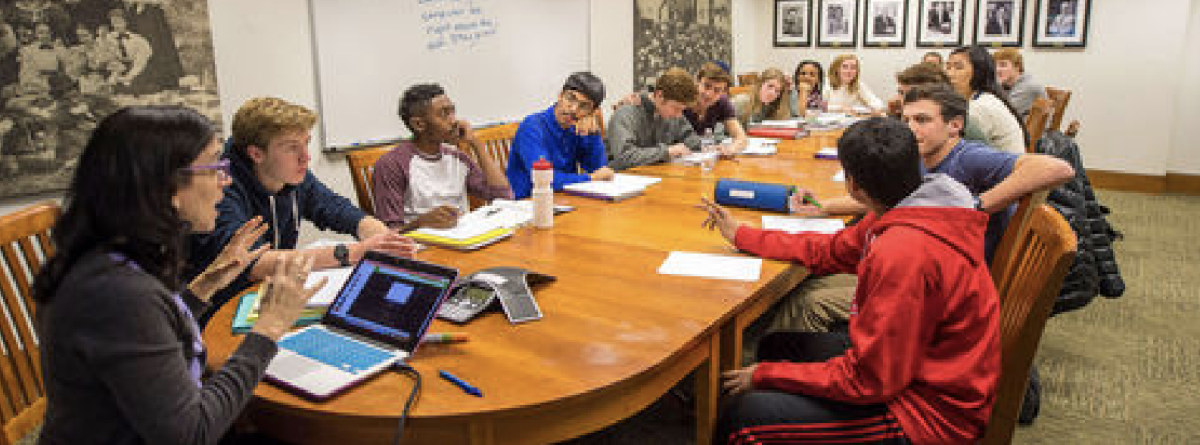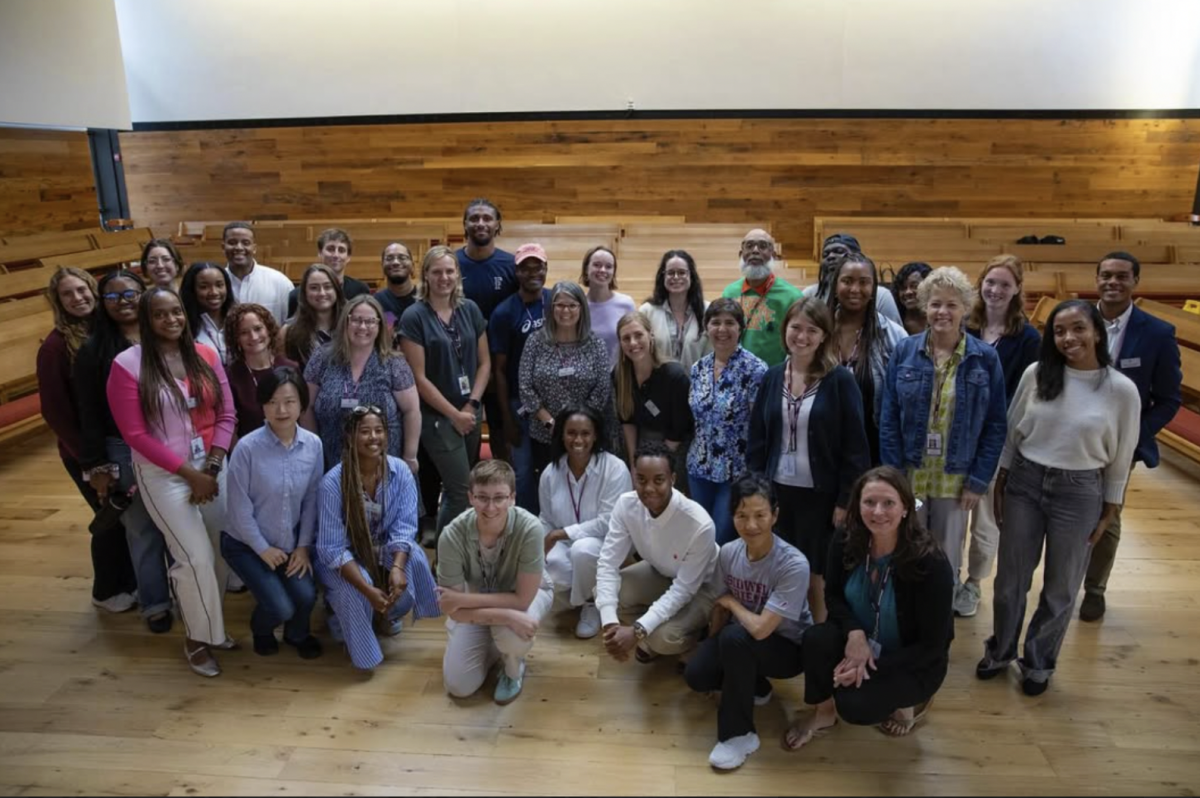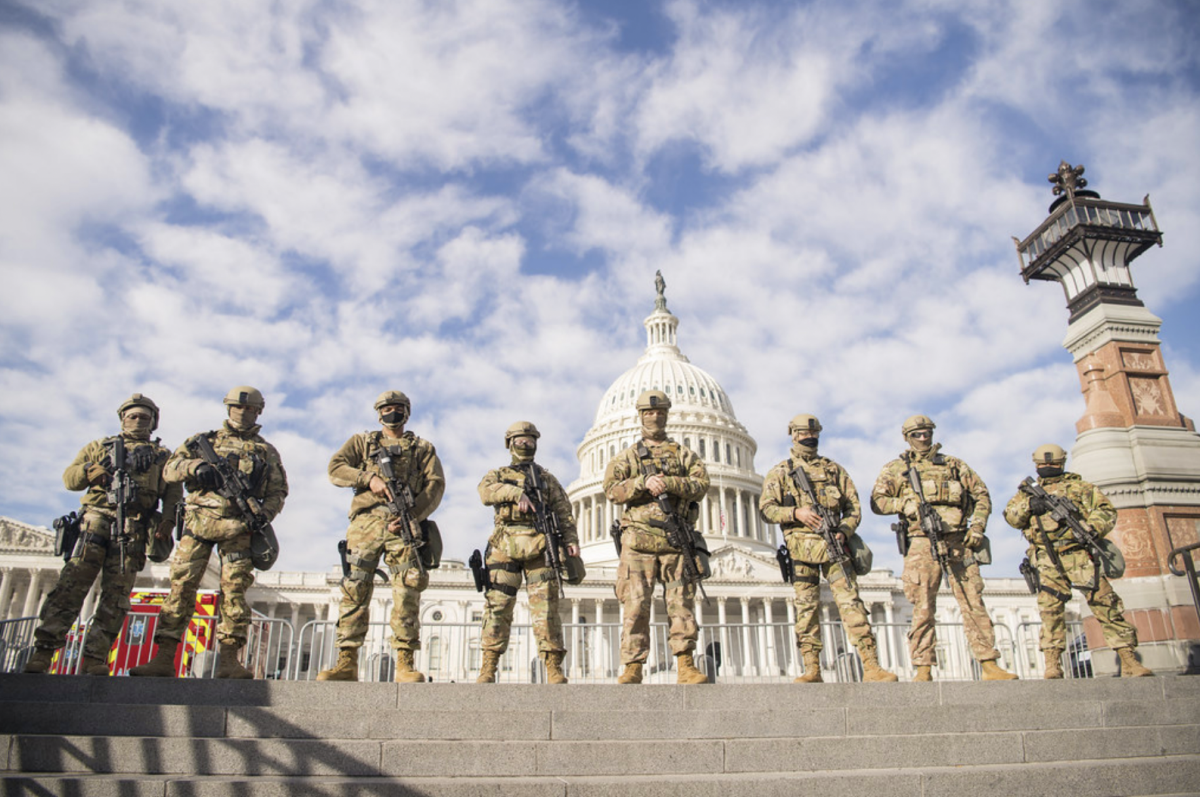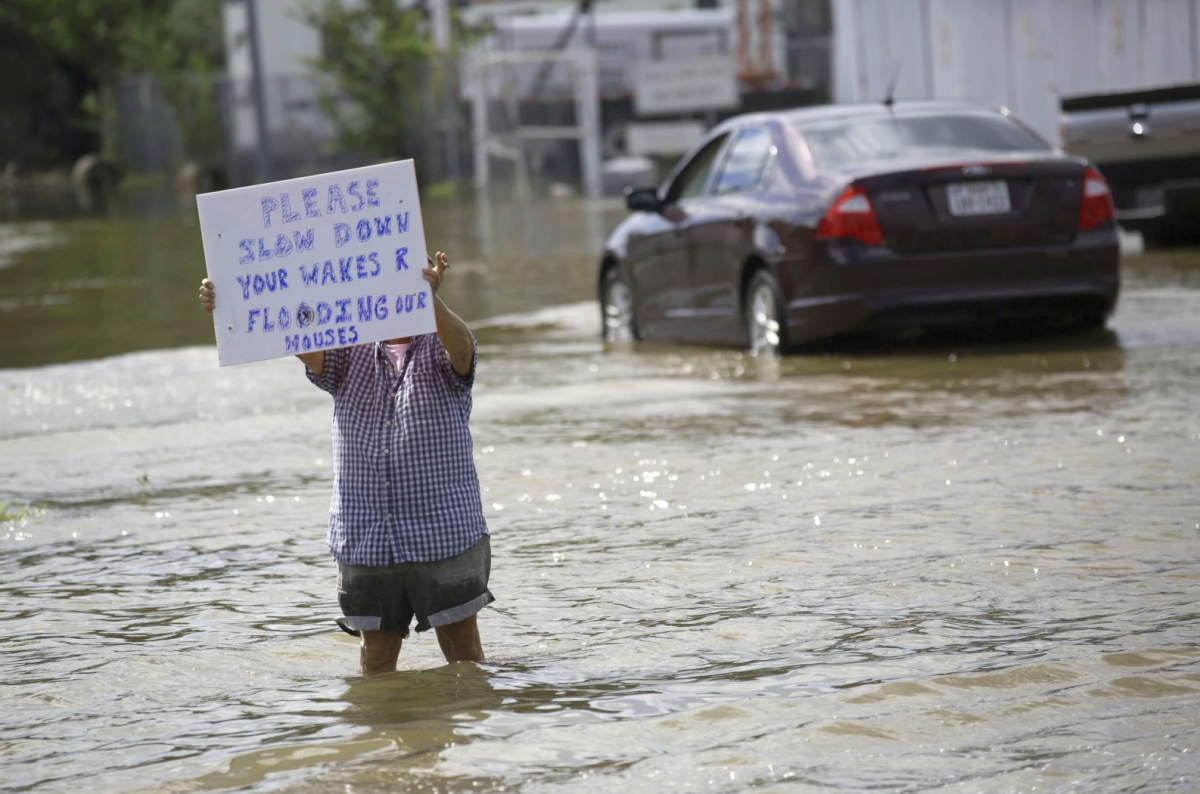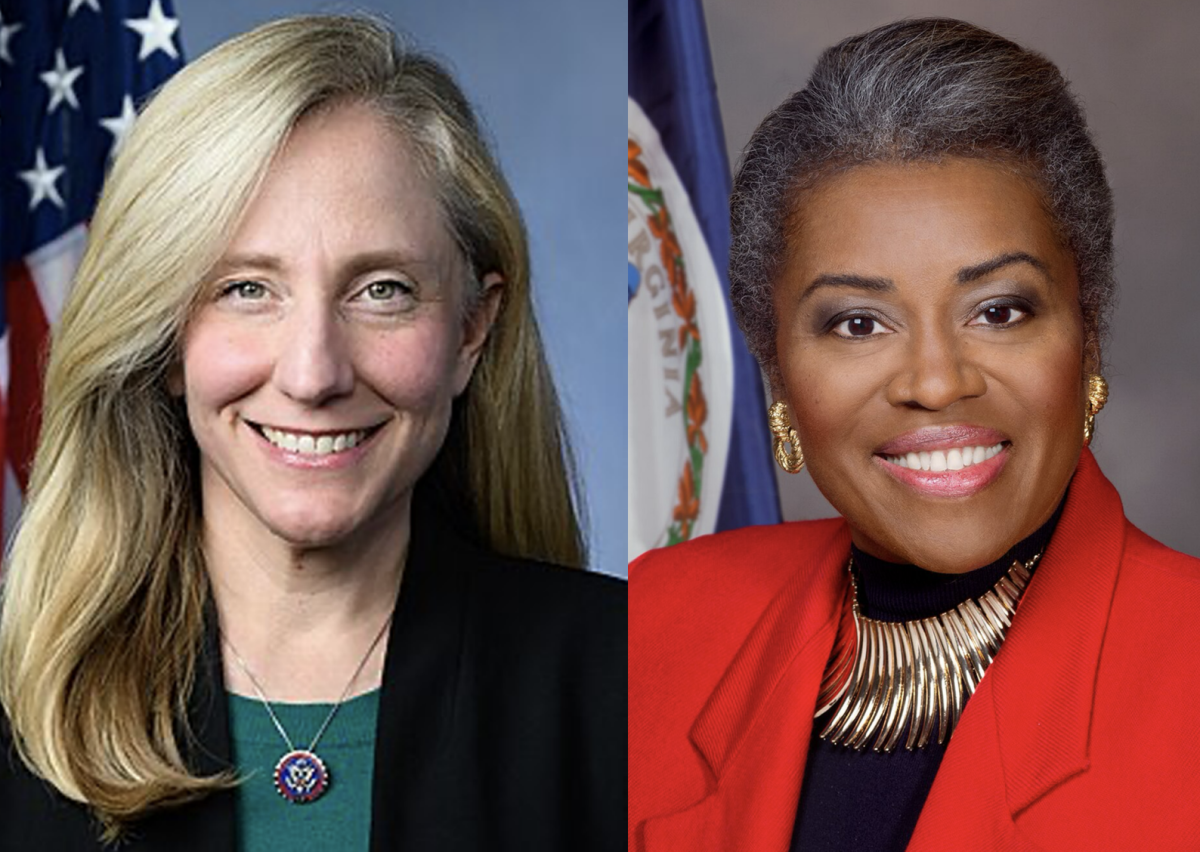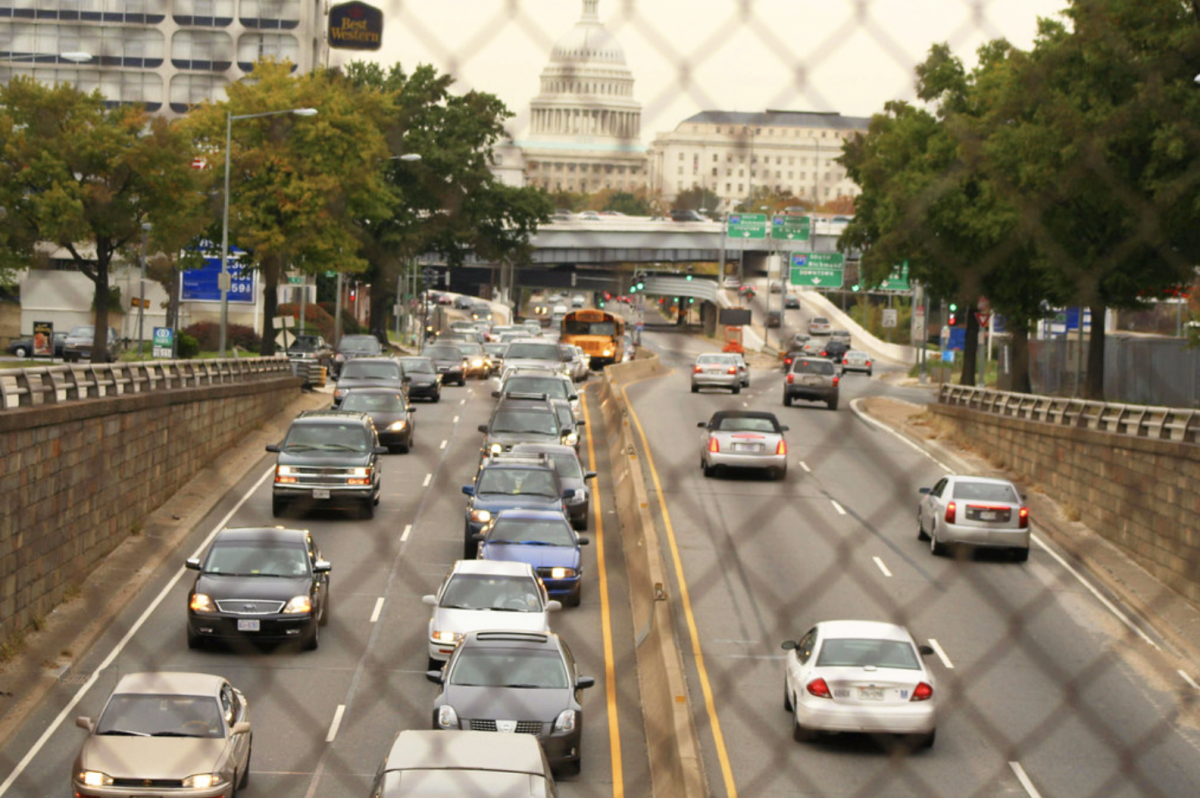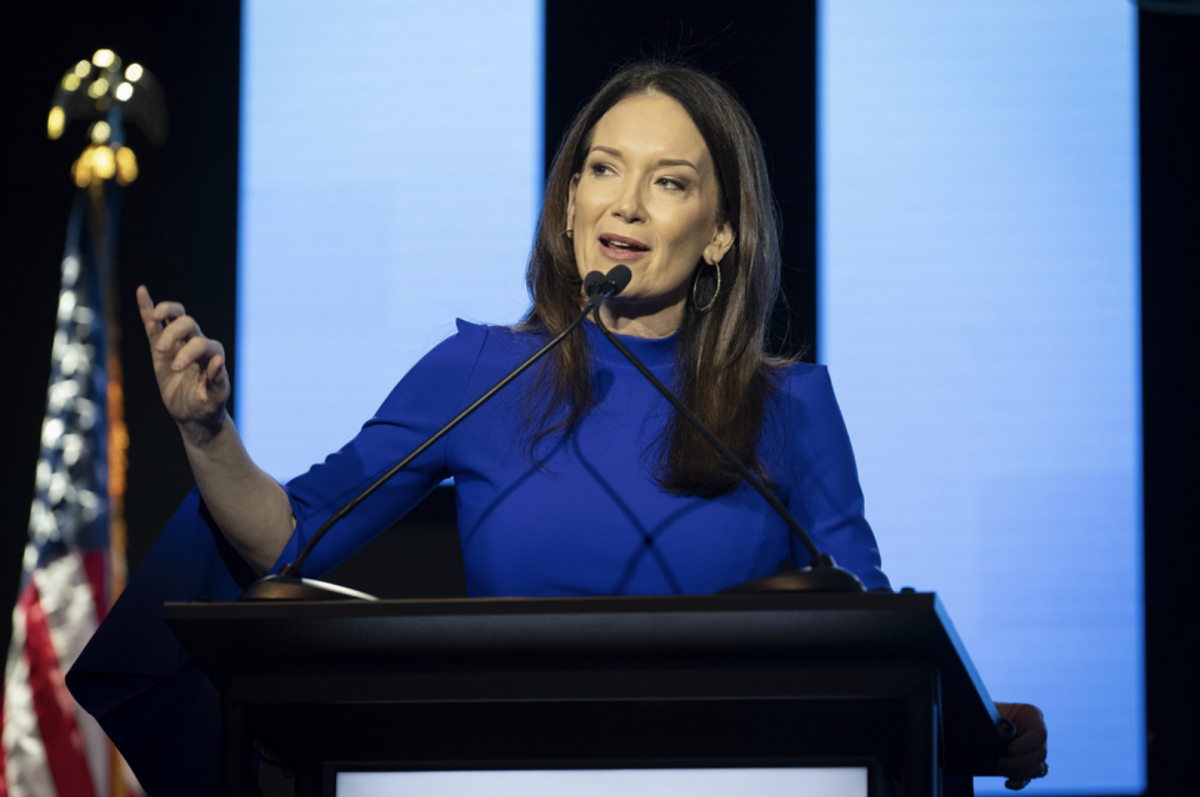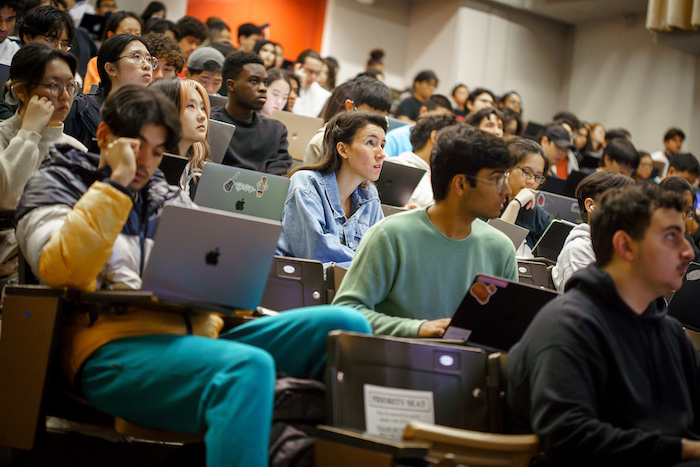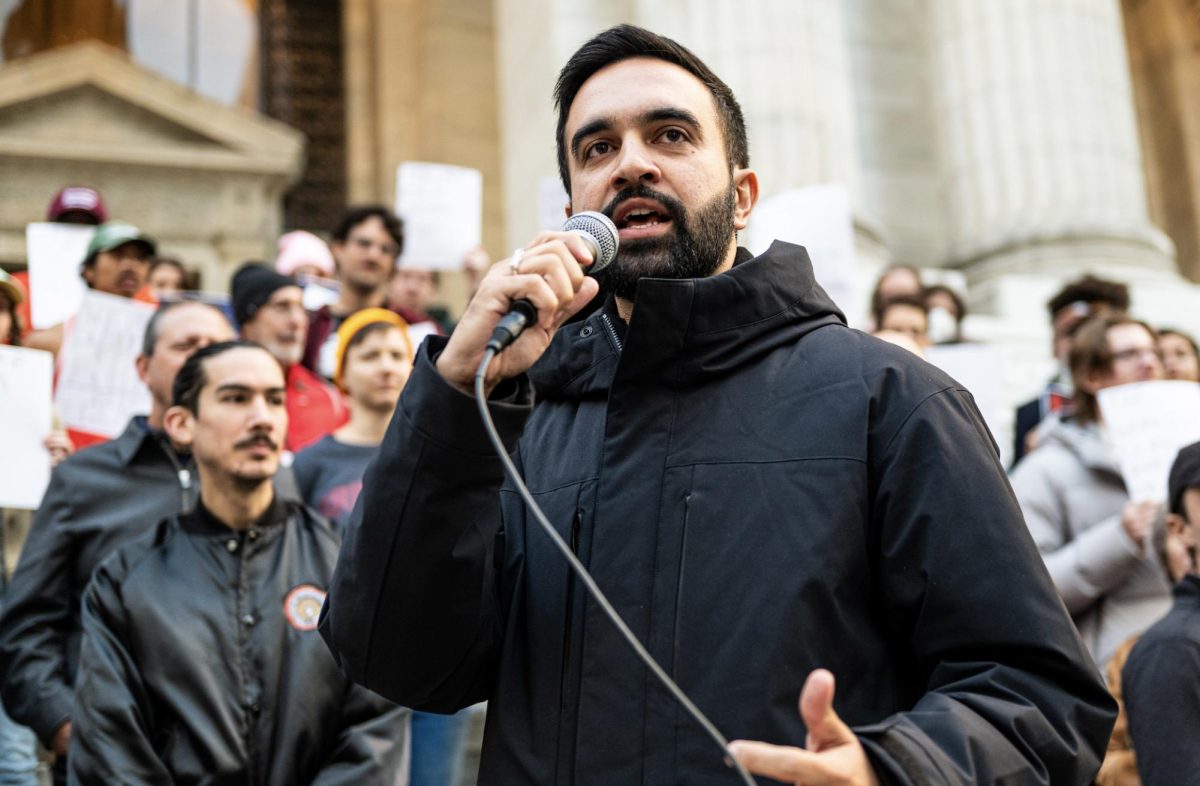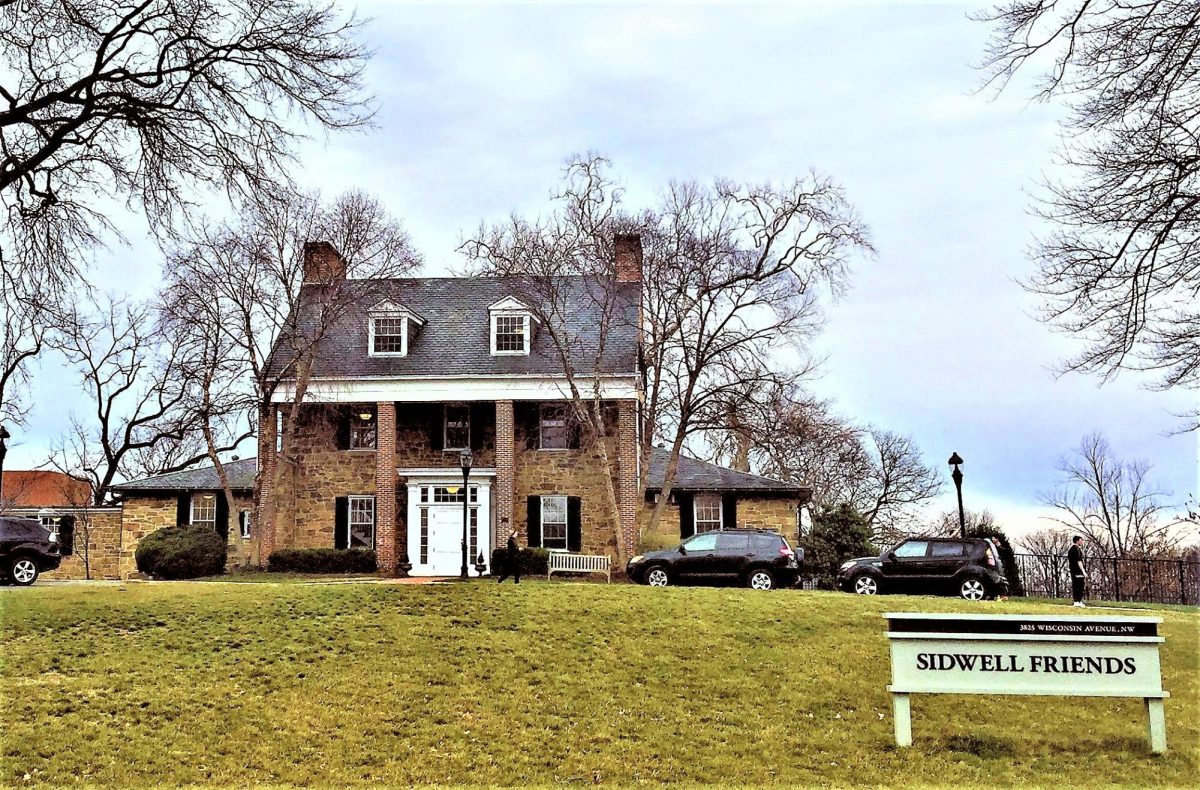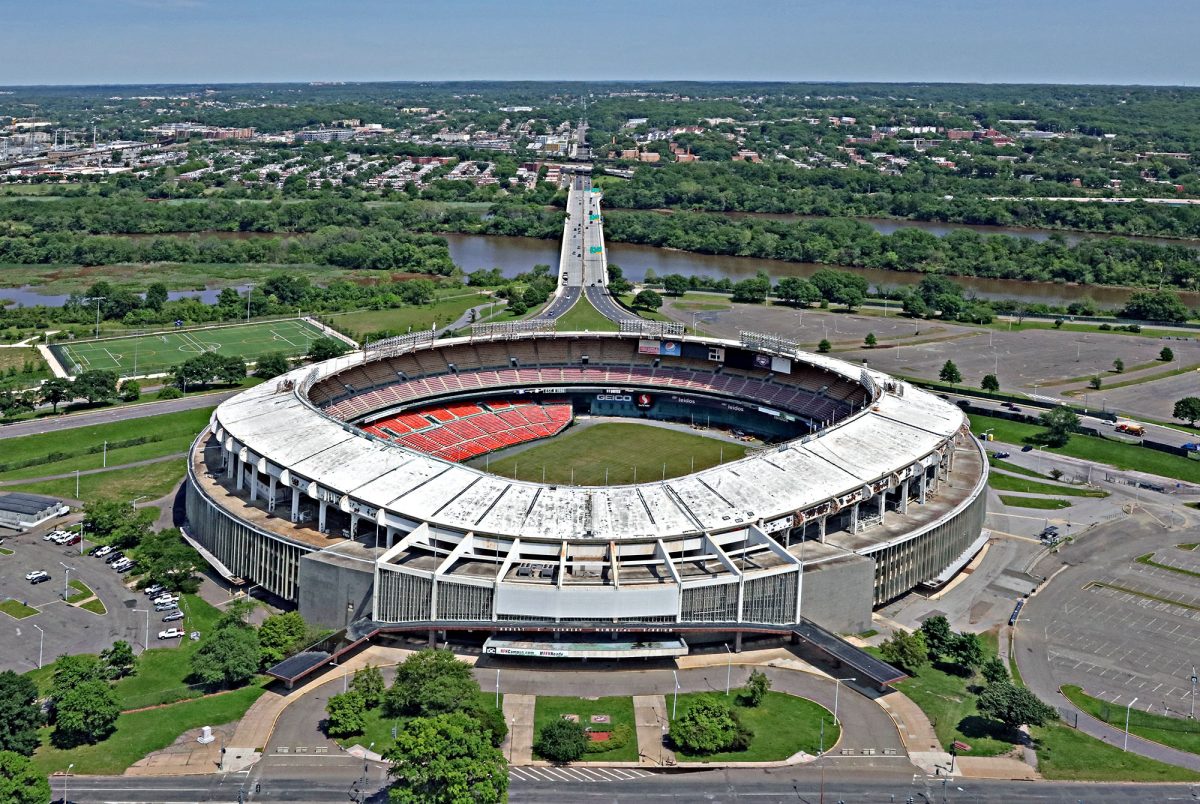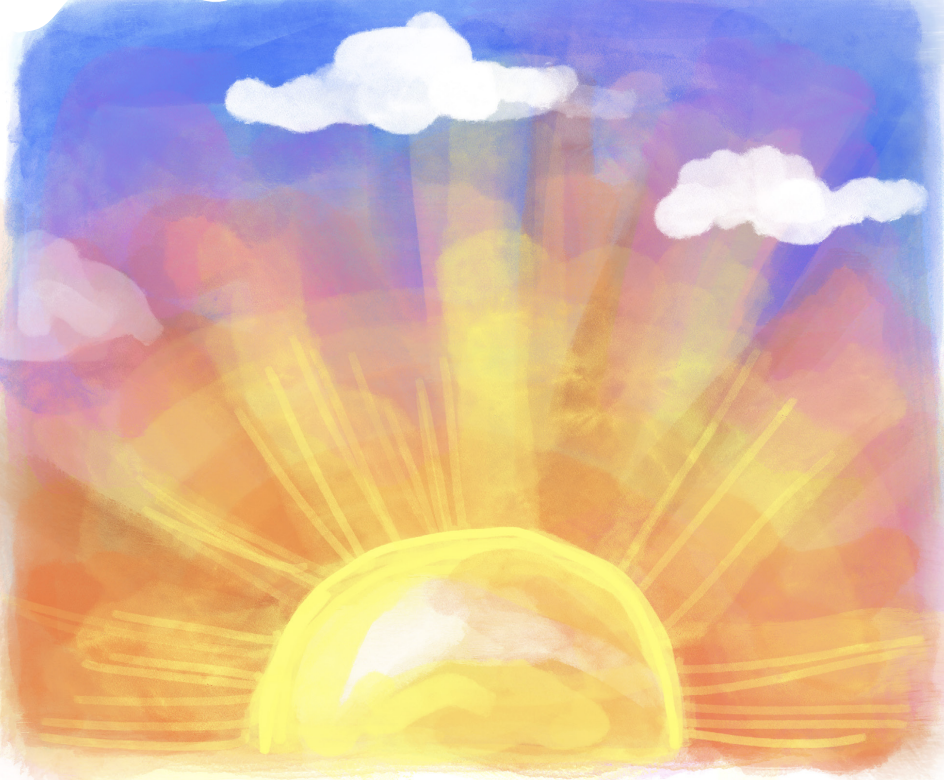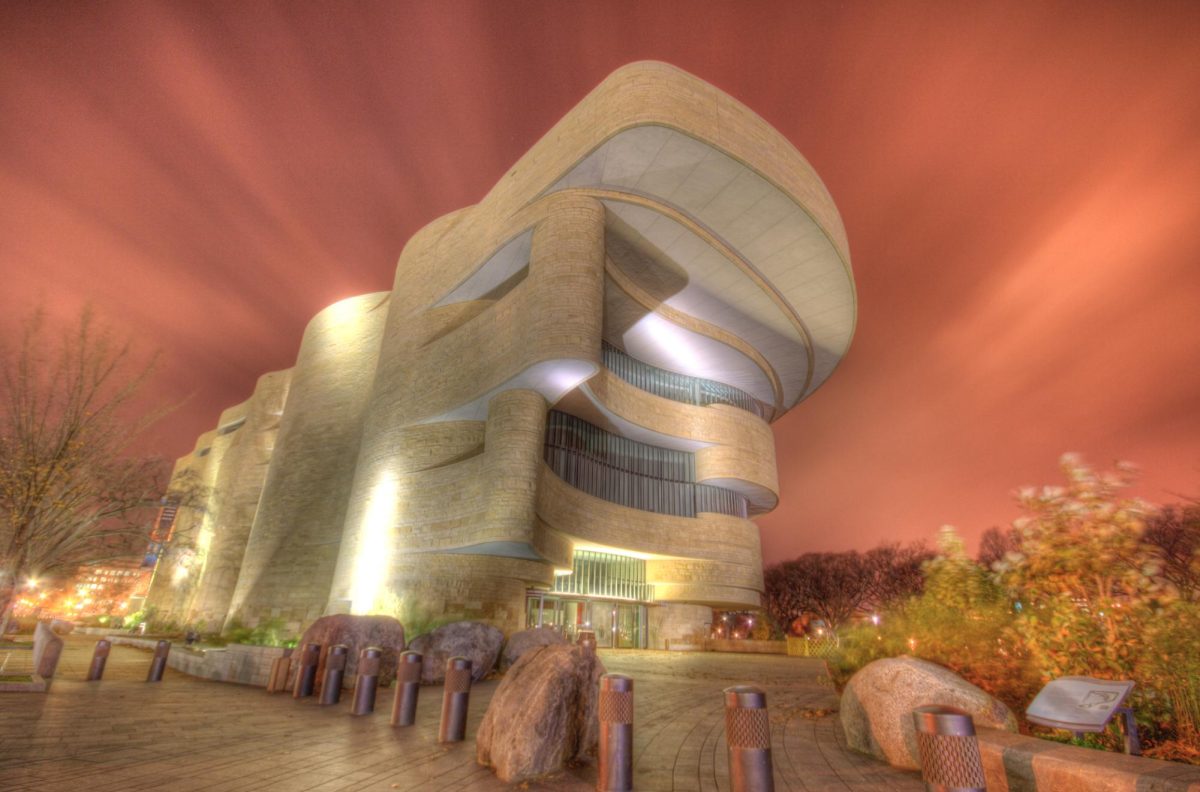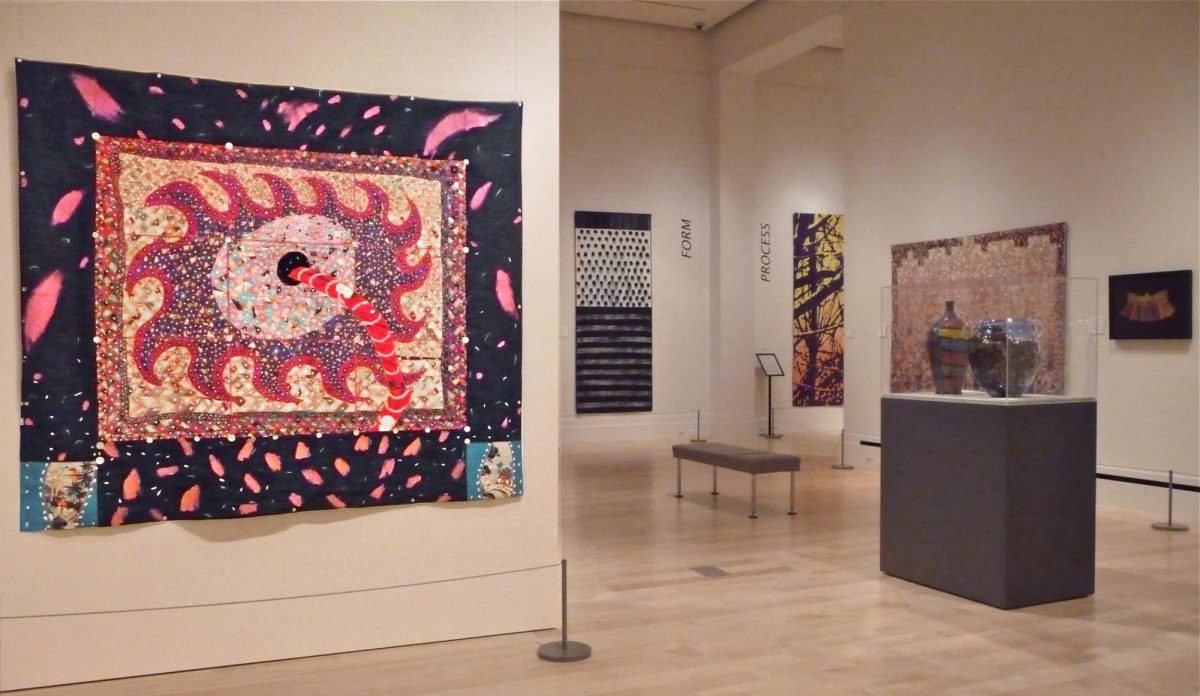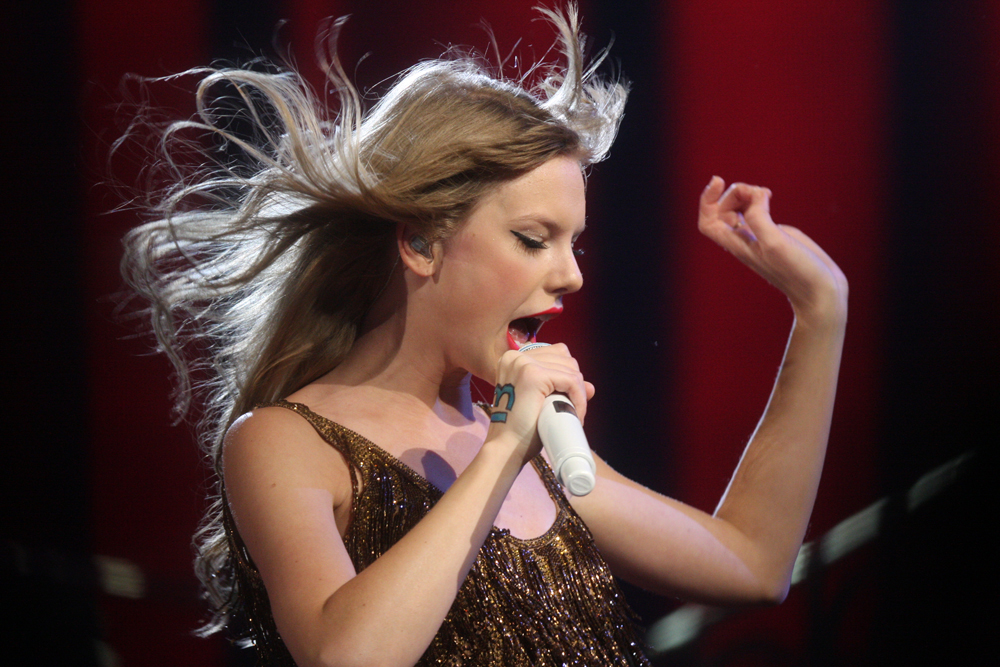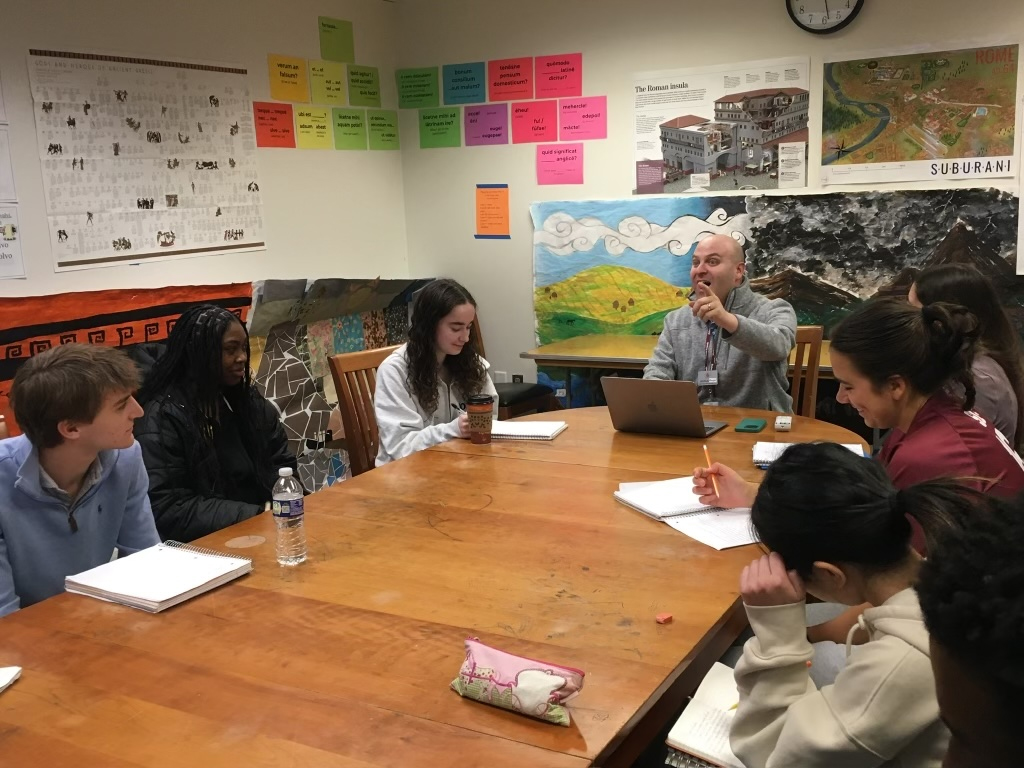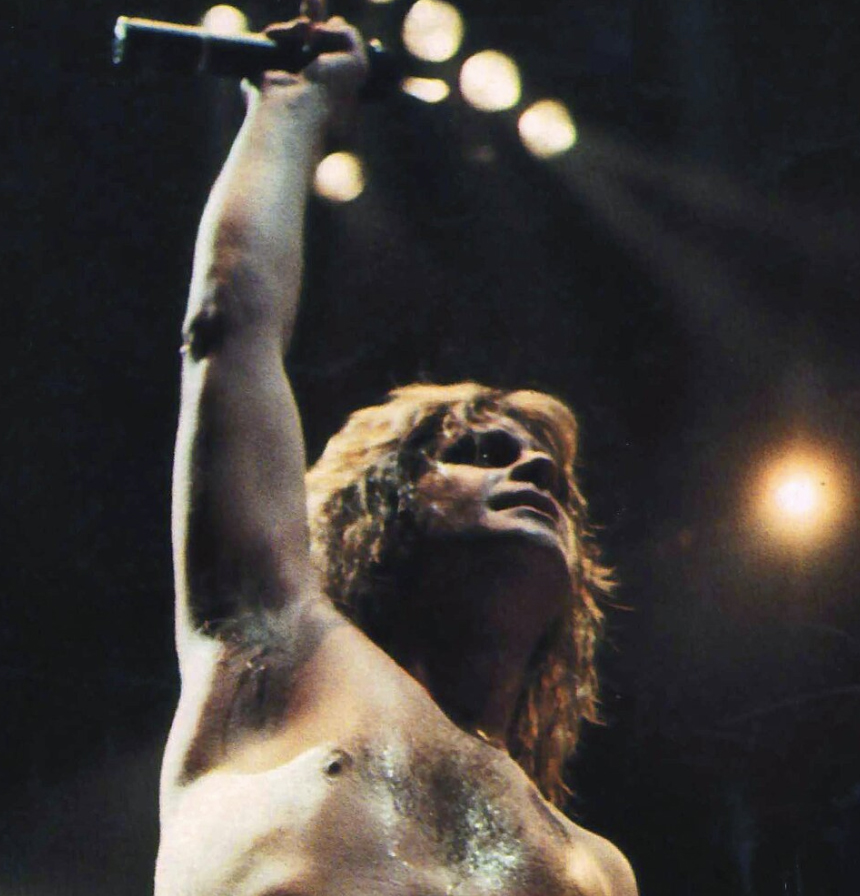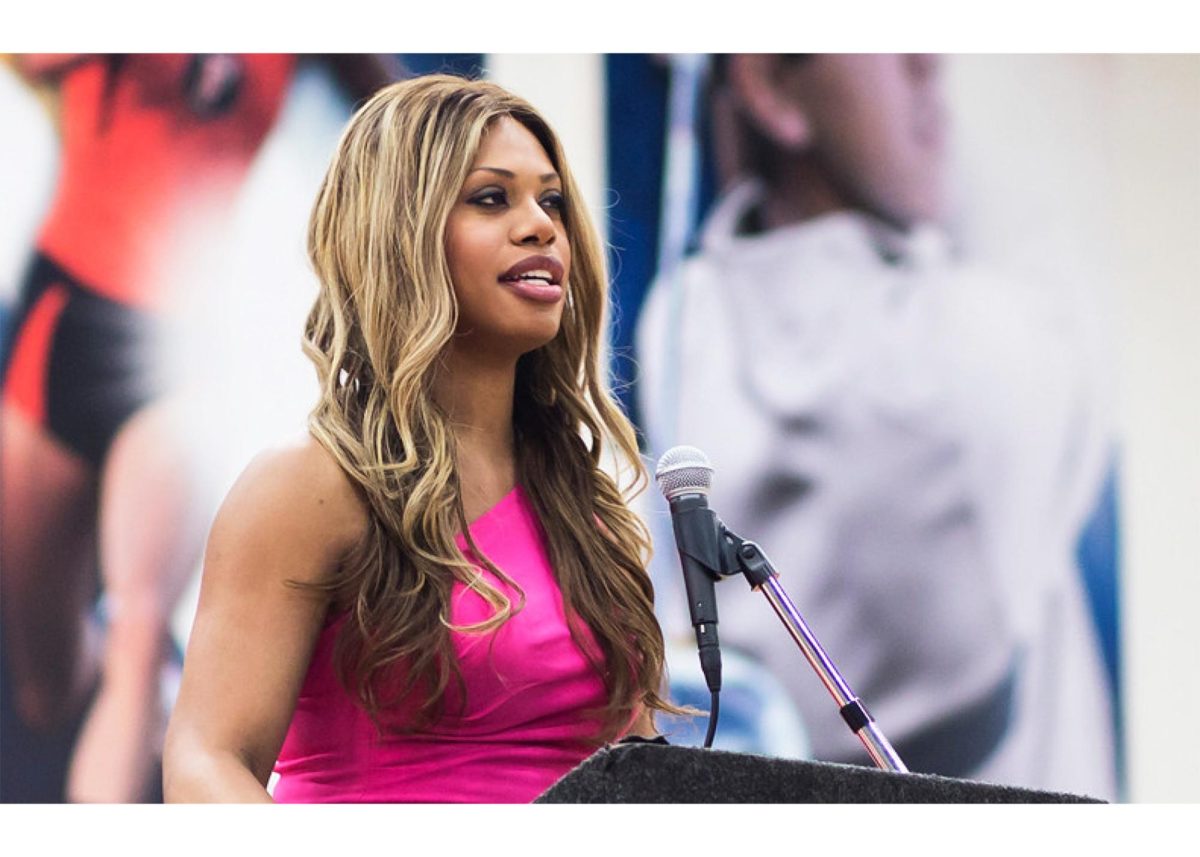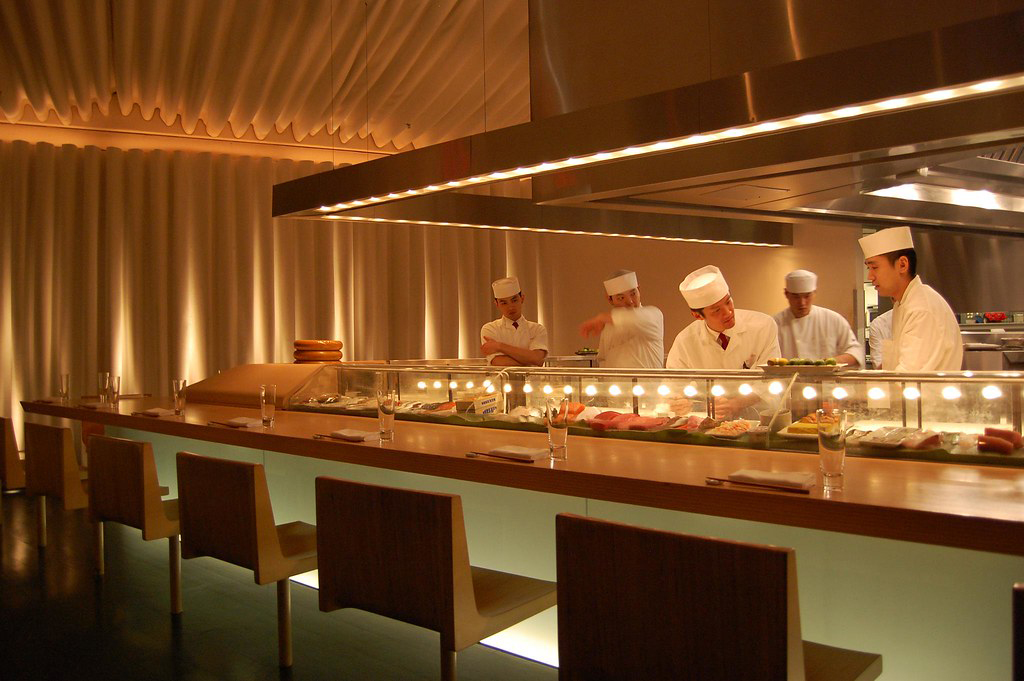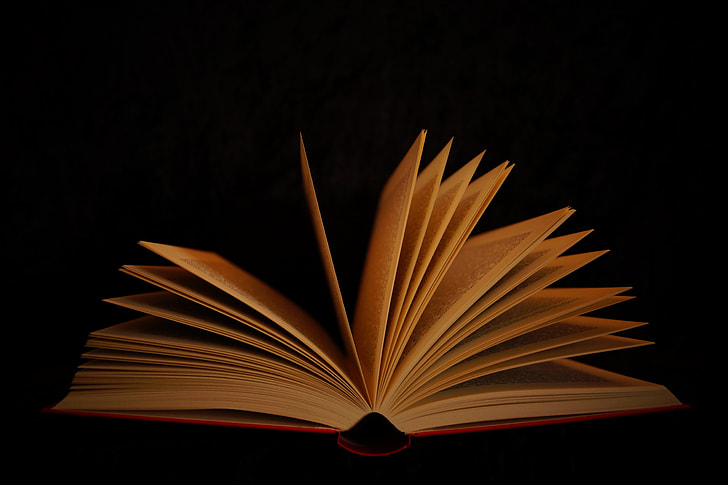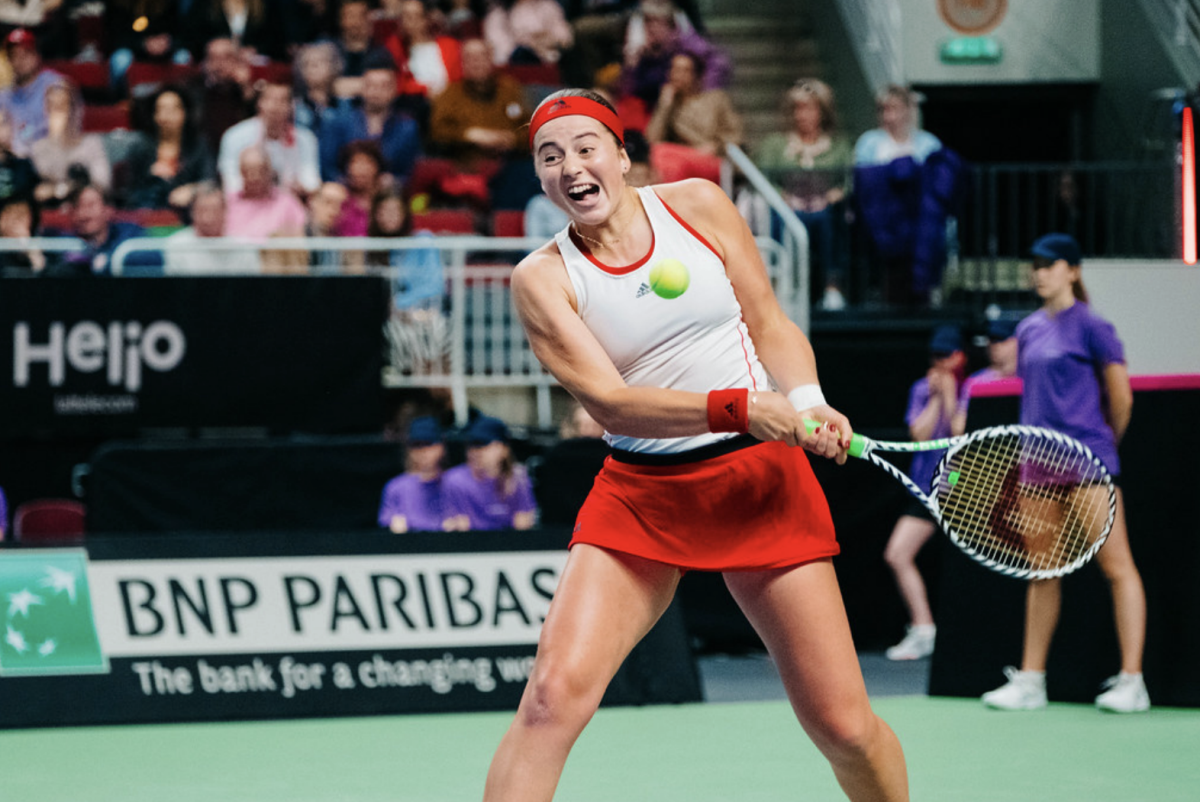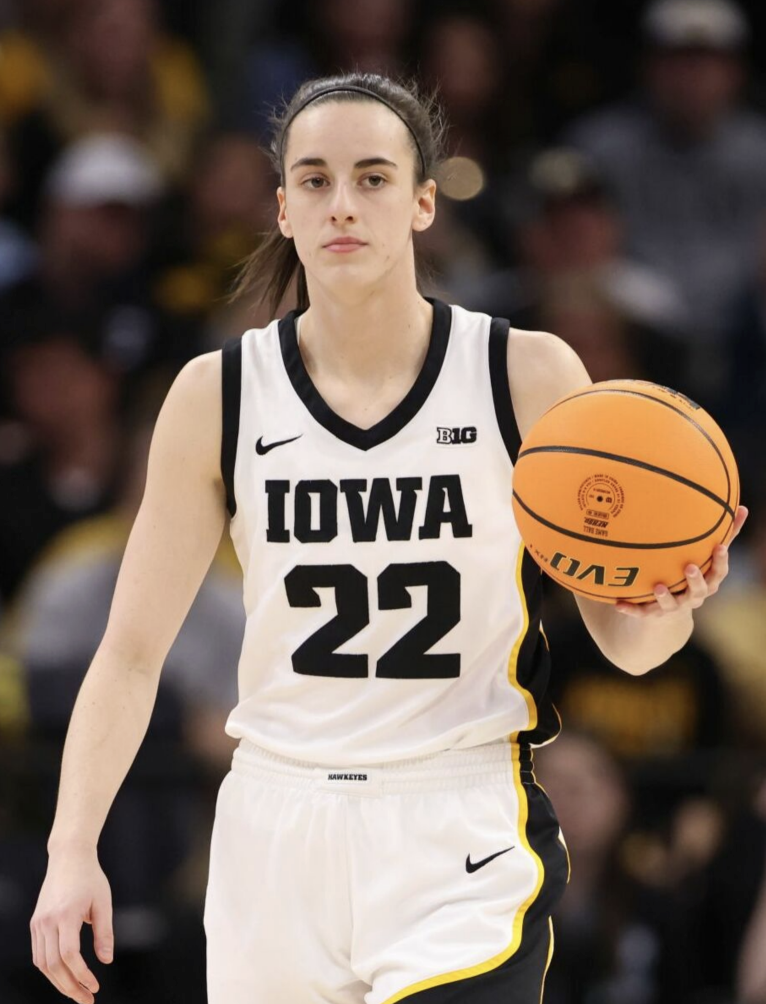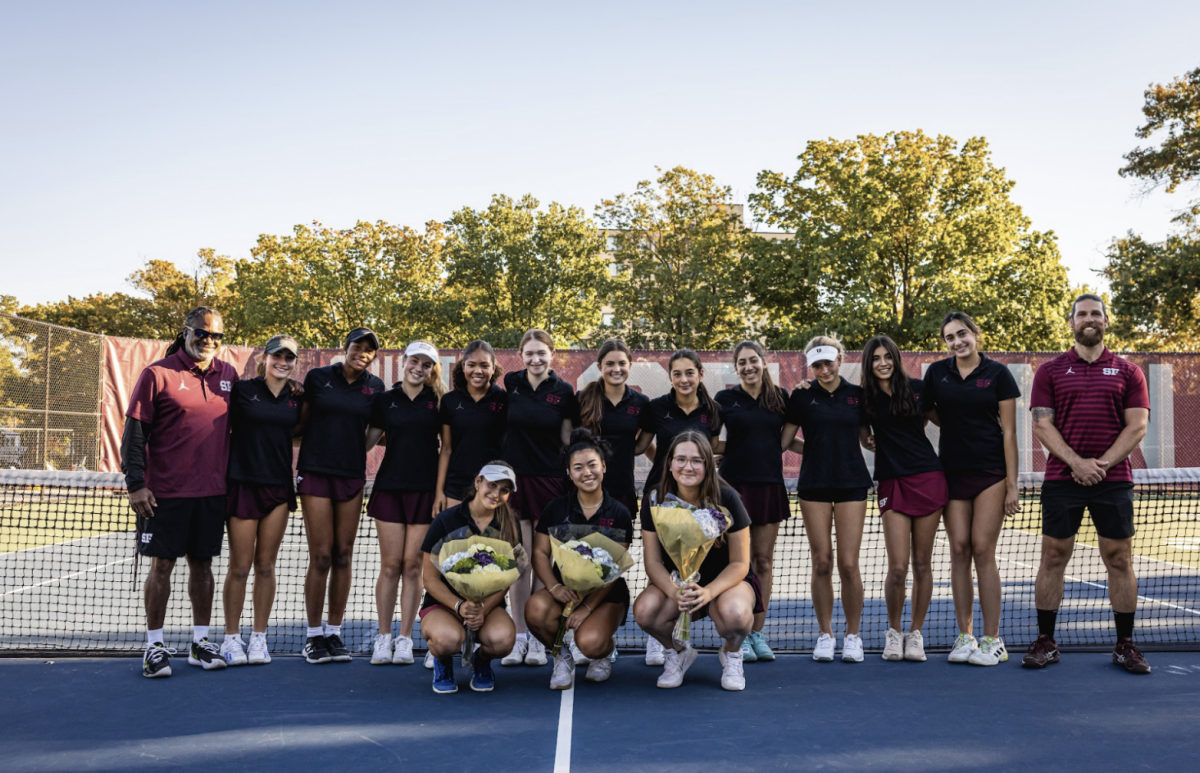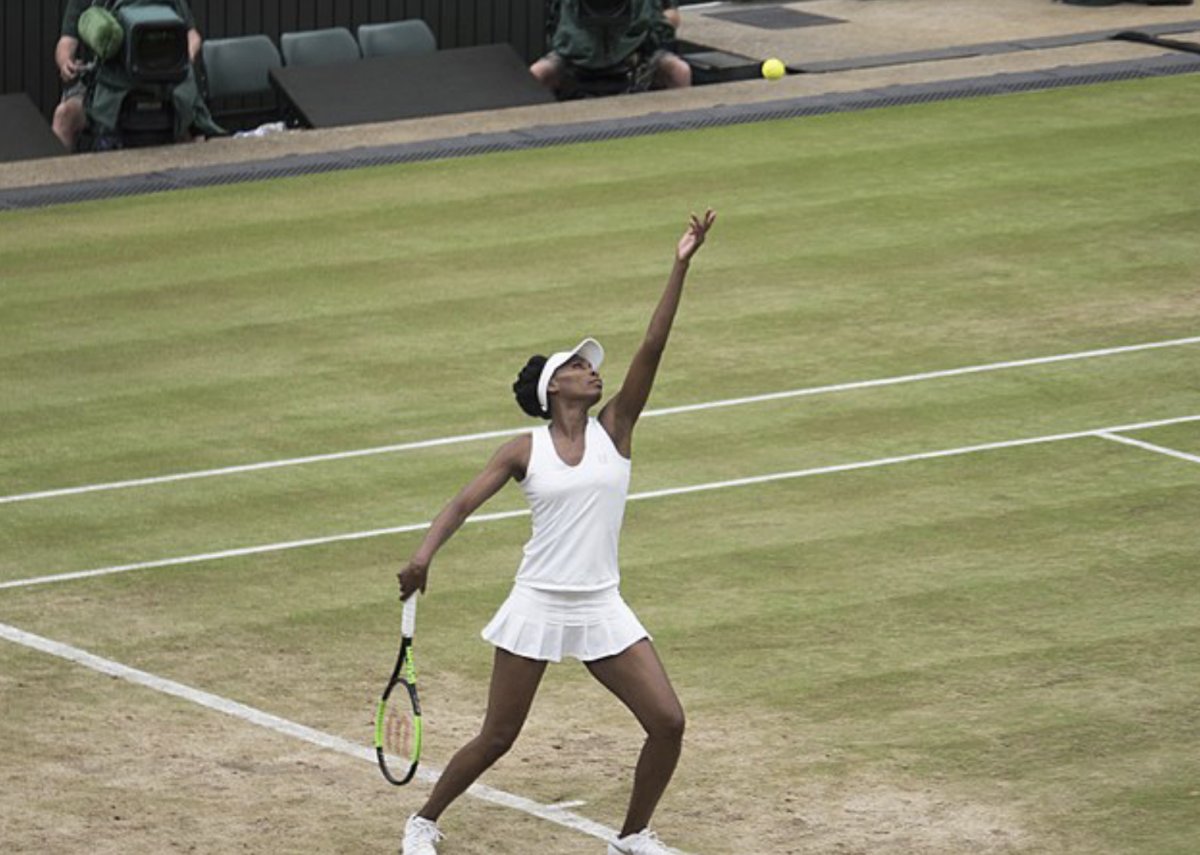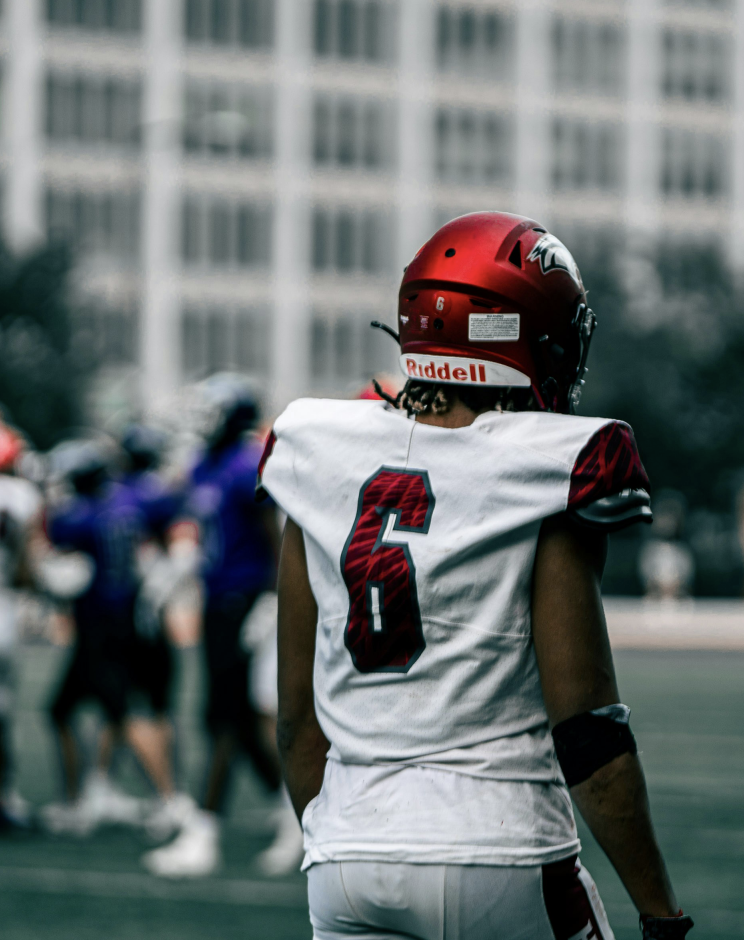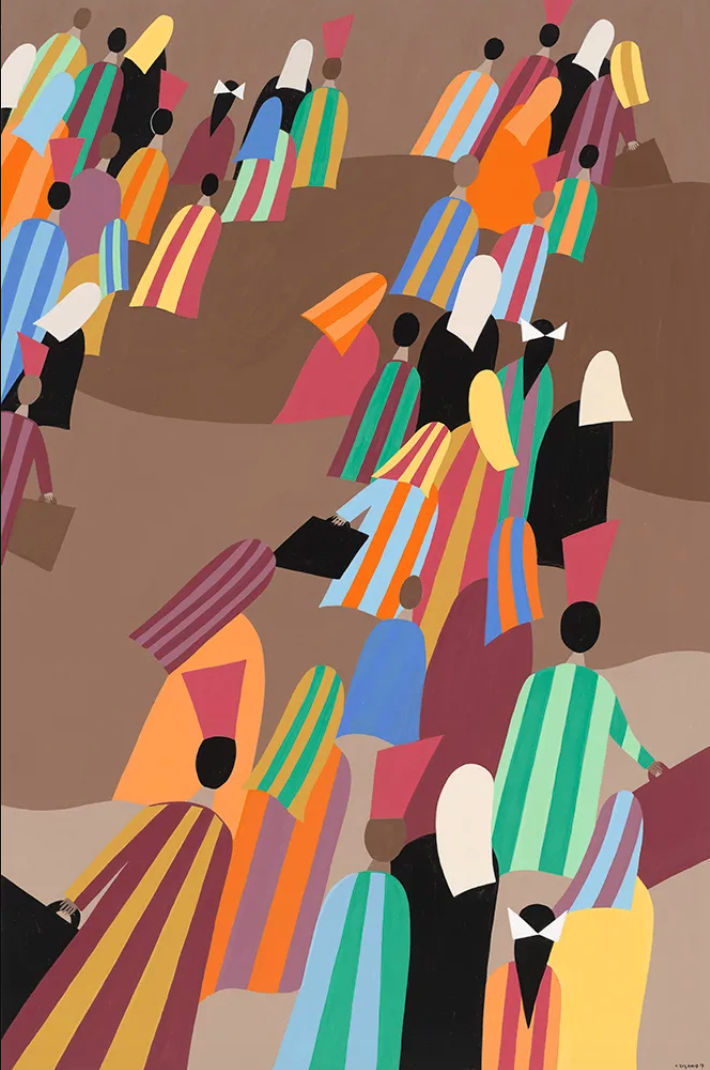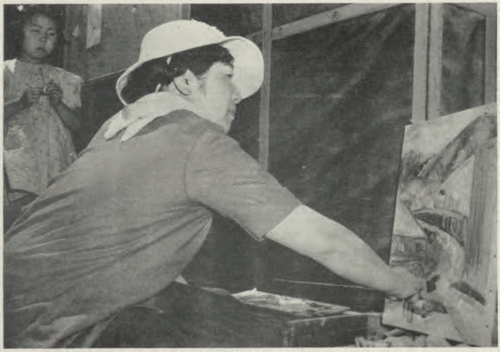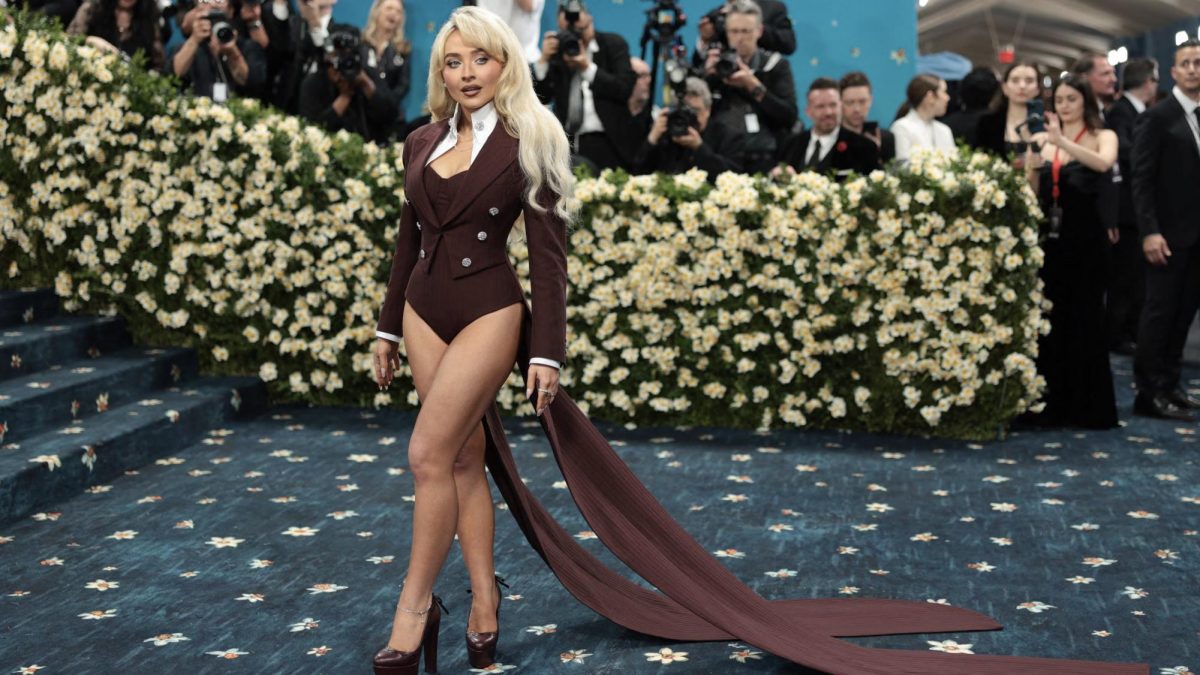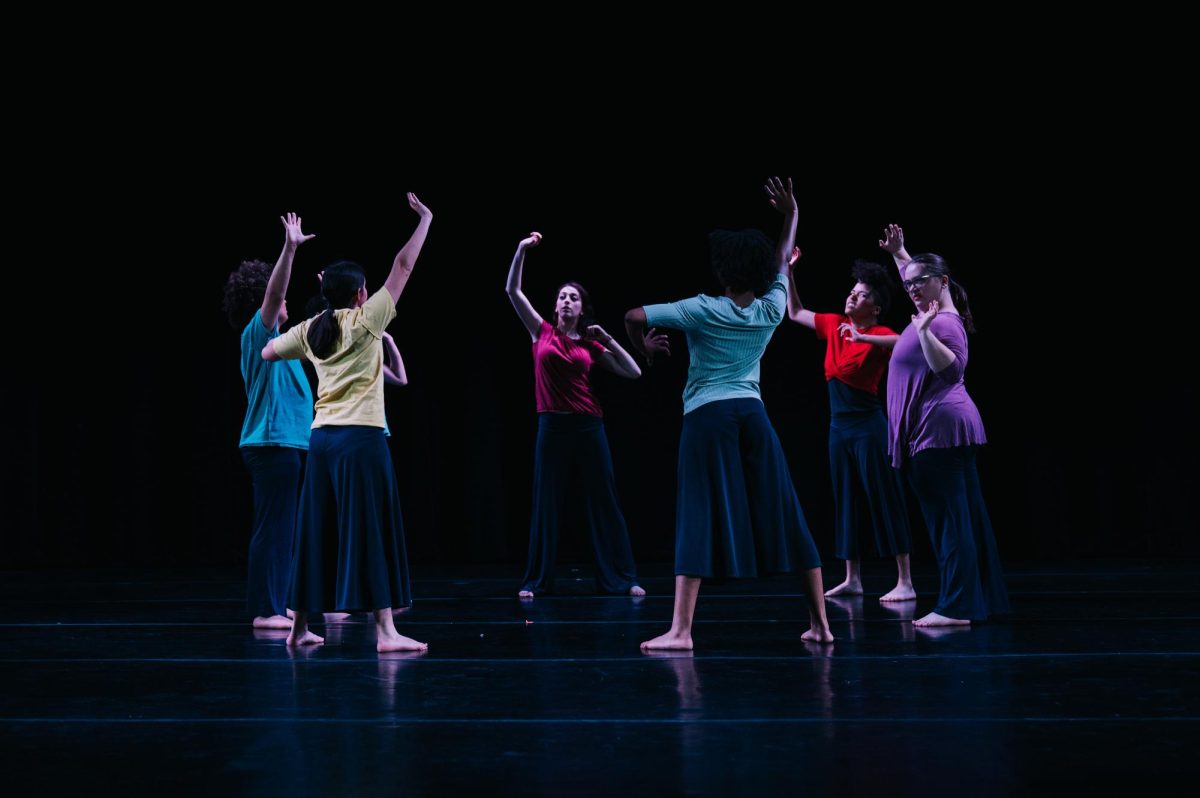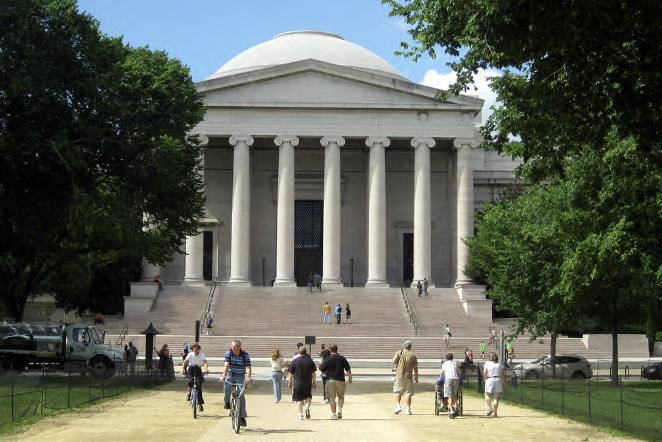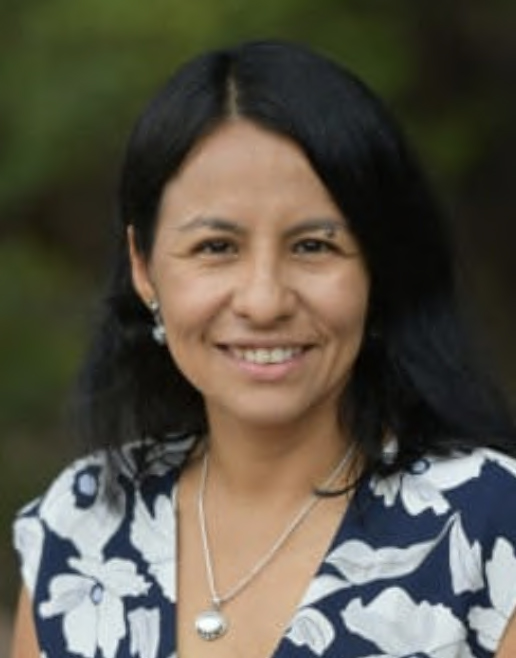Born in Lebanon, artist Helen Zughaib was forced to flee to Athens due to a civil war that upended her life. Her art is inspired by her experience of having to leave her home and speaks to the struggles of refugees across the world who have been forced to abandon their homes due to dangerous situations.
Zughaib’s most recent exhibition, titled “Crossing Borders,” explores the hardships facing refugees. While Zughaib’s art focuses mainly on Syrian refugees, she also draws inspiration from Ukrainian, Sudanese and Latin American refugees. In the future, her work on migration will be shown in Malta.
The exhibit begins with “Oh, the Places They’ll Go,” a piece whose title mimics the children’s book by Dr. Seuss and represents the dreams of children. The piece is a series of colorful children’s shoes scampering up a wall. In these shoes, children chase their dreams; in these shoes, they run from danger.
“Art wakes us up,” Zughaib stated while giving a tour of the exhibit at the Kennedy Center. The intent behind this display is to put observers into the children’s shoes, so that they can begin to understand the struggles faced by refugee children.
The exhibit continues with a painting of women in headscarves, their backs to the viewers, approaching a door, or portal, that recalls Mohsen Hamid’s “Exit West.” The novel, like the exhibit, was inspired by the Syrian refugee crisis. Though each woman is distinguished by her colorfully patterned clothing, they blend into a singular mass from afar. Only one woman faces the viewers, lips pursed, eyes wide. She may represent each refugee’s individuality, or she may just be recalling her lost home.
The last work, “Border Crossings,” is a memorial. Although it is composed of crosses, Zughaib said that the work is not religious. Instead, the crosses are “like crosses along highways or the Red Cross.” They are bleak reminders of tragedy.
While one might expect a memorial to fallen refugees to be somber, in uniform shades of gray and red, Zughaib’s crosses burst with the vibrant colors that have become her signature.
Composed of numerous 6-by-6 pine squares, each is unique; some squares are geometric, in homage to Islamic design; others suggest Mexican or South American art, alluding to the crisis on the southern border. In the center of each cross is a mirror. As Zughaib warns in her artist’s statement, “the difference between [the refugees] and us is only one word. Luck.”



